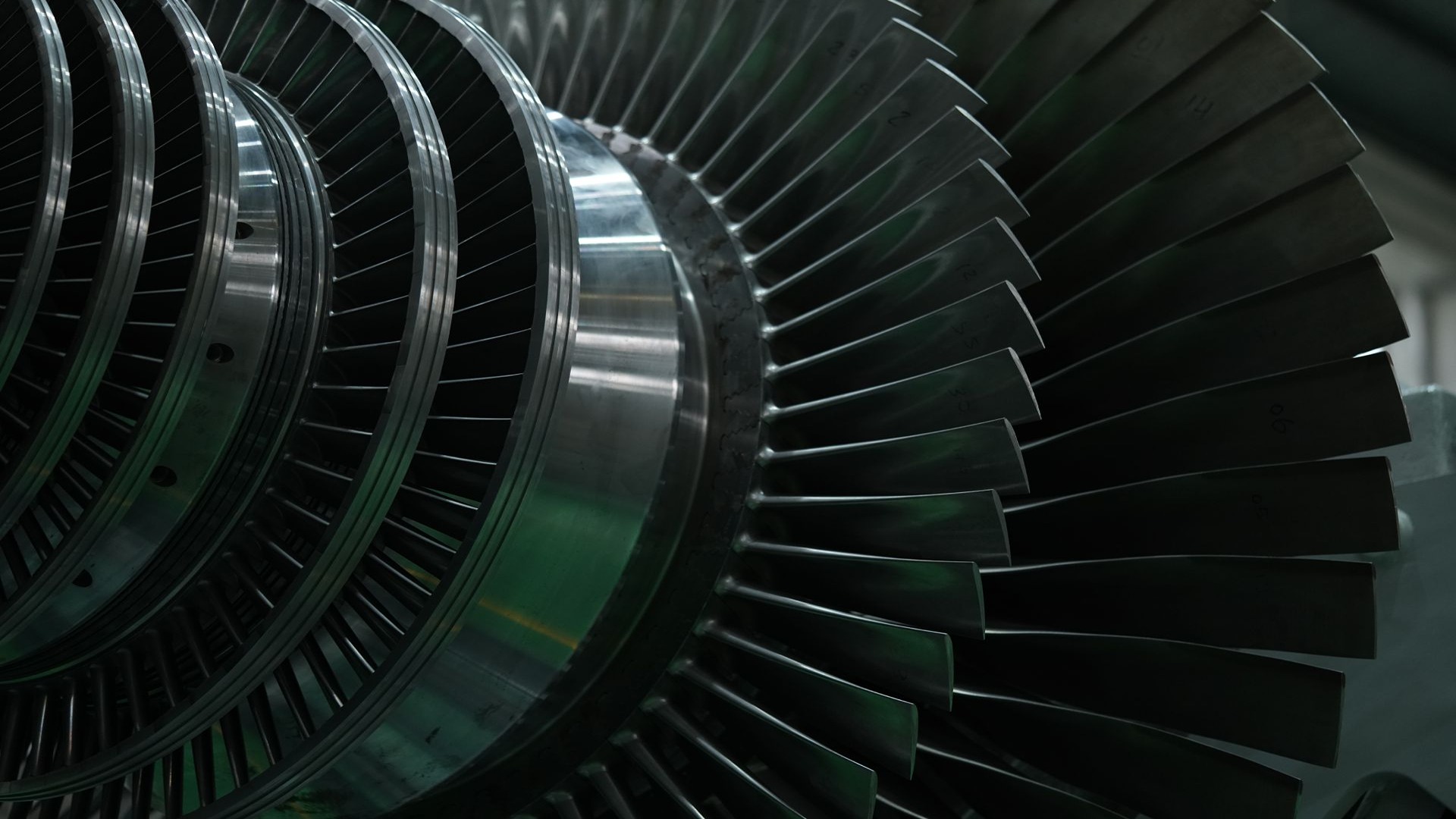
The Role of Steam Turbines in Modern Marine Propulsion Systems
At the heart of the world’s most powerful ships lies a century-old propulsion technology: the steam turbine. Once seen as legacy technology, it remains essential to today’s maritime operations.
Its enduring power, proven reliability, and exceptional adaptability are emerging as key advantages in the maritime industry’s pursuit of sustainability. This article examines why the ship steam turbine remains vital in marine engineering, highlighting its evolving role amid innovation and environmental challenges.
Enduring Power and Reliability
Unlike reciprocating engines with their numerous moving parts, turbines convert thermal energy into rotational force with smooth, high-speed operation.
This translates to exceptional reliability, reduced vibration, and a longer operational lifespan, which is critical for vessels that spend months at sea. Their ability to deliver massive power output from a relatively compact unit makes them the propulsion system of choice for high-demand applications, like aircraft carriers and LNG tankers.
Fuel Adaptability and a Path to Decarbonization
The primary strength of the steam turbine lies in its outstanding adaptability to different fuels. While traditionally powered by heavy fuel oil, modern boiler systems can be adapted to utilize a wide range of fuels, including marine gas oil (MGO) and, most importantly, future-ready biofuels and synthetic fuels.
This inherent adaptability positions steam turbines as a viable pathway for the maritime industry’s transition towards decarbonization, as they can leverage new, sustainable fuel sources with minimal modification to the core propulsion system.
Steam Turbines vs. Diesel Engines: A Comparative Glance
Diesel engines typically offer better thermal efficiency at lower speeds and are common in smaller cargo ships. However, for high-speed, high-power requirements, the marine turbine is unmatched.
It’s also important to distinguish a steam turbine from a gas turbine in ship propulsion. A gas turbine is a jet engine that directly uses its exhaust to power a turbine, often used in naval vessels for rapid acceleration. A steam turbine, conversely, uses a boiler to create steam, offering greater fuel flexibility and often better efficiency for steady, long-range cruising.
Innovations and Maintenance for Peak Performance
Innovation continues to enhance marine turbine performance. Advanced metallurgy allows for higher steam temperatures and pressures, boosting efficiency. Integrated digital monitoring systems provide real-time data on performance, enabling predictive maintenance and minimizing downtime.
Best practices for maintaining these systems involve rigorous water treatment to prevent corrosion and scaling, regular inspection of blades and rotors, and a skilled crew trained in the operational nuances of steam plant management.
In conclusion, while newer technologies like dual-fuel engines emerge, the ship steam turbine remains a powerful, adaptable, and future-ready workhorse of the seas. Its proven reliability, immense power output, and innate ability to adapt to sustainable fuels ensure its continued relevance in powering the global maritime industry for decades to come.
